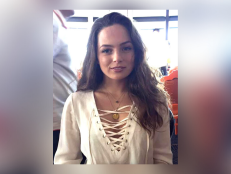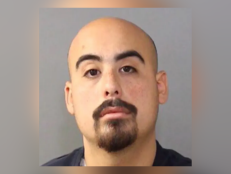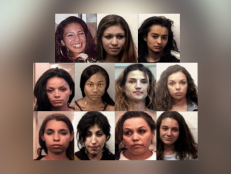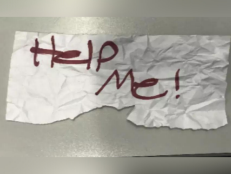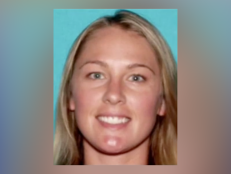How The Boston Strangler’s Identity Was Finally Confirmed 50 Years After His Reign Of Terror Ended
Albert DeSalvo confessed to the serial killing of 13 women, but he never faced justice for the brutal slayings.

Associated Press
A serial rapist and killer who became known as the Boston Strangler terrorized women throughout the Massachusetts city between 1962 and 1964. While Albert DeSalvo was suspected of murdering the 13 victims, it would take nearly a half century and improved DNA technology to prove he was the likely culprit.
In 1965, DeSalvo confessed he was responsible for the serial slayings to convicted killer George Nassar. According to reports, the men were both at Bridgewater State Hospital for mental health evaluations. At the time, DeSalvo was accused of unrelated crimes, including armed robbery and assault as well as multiple sex offenses.
“He began describing a crime and watching my reaction to see if it was too abhorrent to listen to,” Nassar told The Boston Globe in a 1995 interview. “Some of it was horrible, particularly the crimes of stabbing a woman under her breasts in Cambridge. But I wasn’t there to condemn.”
Nassar connected DeSalvo with his attorney, F. Lee Bailey. DeSalvo again admitted to the lawyer, psychiatrists and investigators that he was responsible for the killings attributed to the Boston Strangler.
Though DeSalvo was then considered one of already multiple suspects in the case, he later retracted the confessions and he was never formally charged. The reasons for why remain unclear, according to The New York Times.
In 1967, three years after the last murder attributed to the Boston Strangler, DeSalvo was sentenced to life behind bars in connection with the robbery, assault and sex crime charges he had been facing when he first met Nassar.
DeSalvo was fatally stabbed in 1973 by an unidentified assailant while in a hospital bed at Walpole State Prison, now known as the Massachusetts Correctional Institution-Cedar Junction.
Though long one of the prime suspects in the Boston Strangler cases, it wasn’t until July 2013 that investigators were able to finally definitively connect DeSalvo to forensic evidence preserved from seminal fluid found on a blanket covering the last known victim, 19-year-old Mary Sullivan.
Sullivan had been raped and then strangled with her stocking inside her apartment in Boston’s Beacon Hill neighborhood. Investigators matched DNA from the crime scene to DeSalvo’s exhumed remains, The New York Times reported.
"This is really a story of relentlessness,'' Boston Police Commissioner Ed Davis explained at the time, ABC News reported. Investigators, he added, were “99.9 percent” certain they had the right man.
“This is good evidence. This is strong evidence. This is reliable evidence,” Suffolk County District Attorney Dan Conley noted, according to the station.
Nassar was also for a time a suspect in the Boston Strangler cases after multiple women who escaped from the Boston Strangler identified him as their attacker, but he always denied he had anything to do with the crimes.
“If I had been, theoretically, on a score with Al and we were in a criminal conspiracy together, and I found out that he was murdering women and getting away with it, I’d have given him a quick and painless death, right there,” he once told WBZ.
Nassar reportedly died from prostate cancer on Dec. 3, 2018, at the Lemuel Shattuck Hospital Correctional Unit in Massachusetts.


